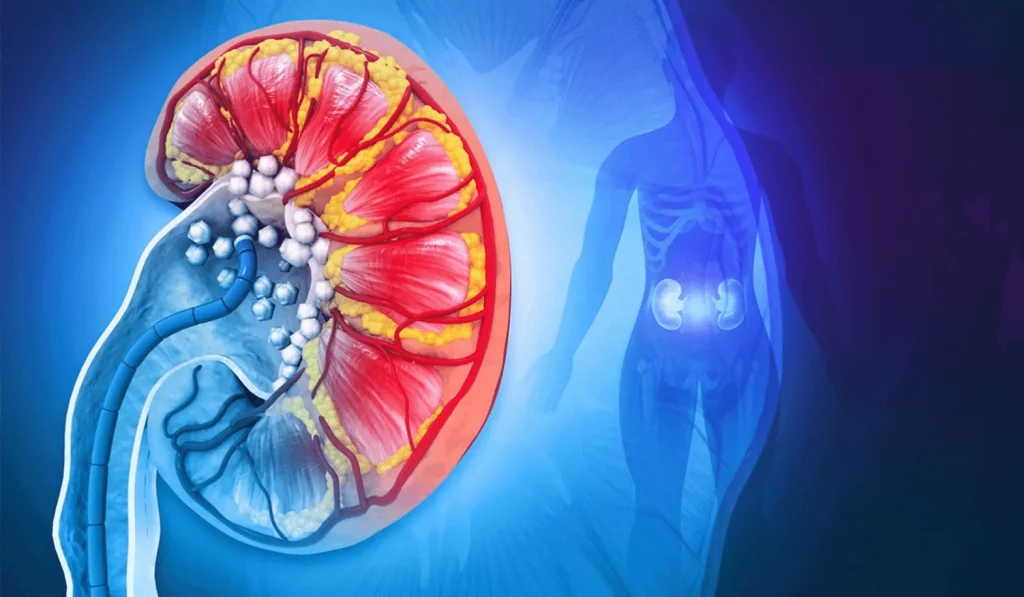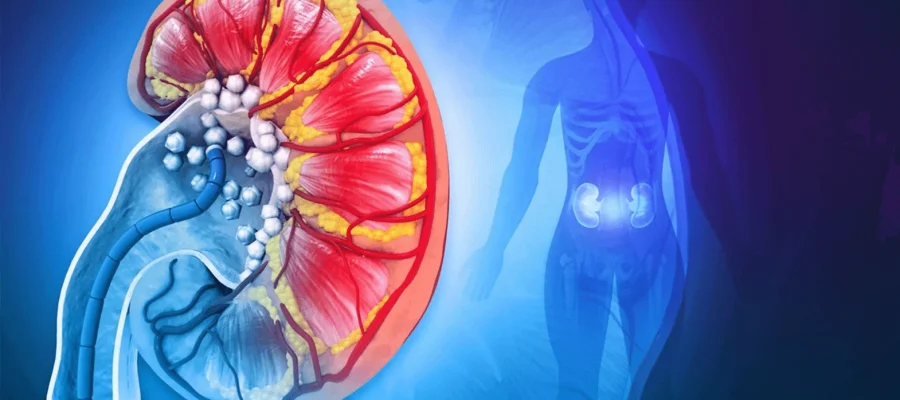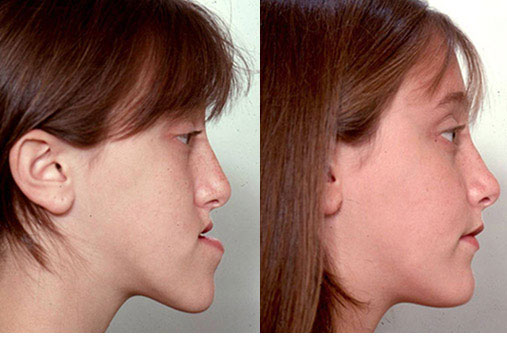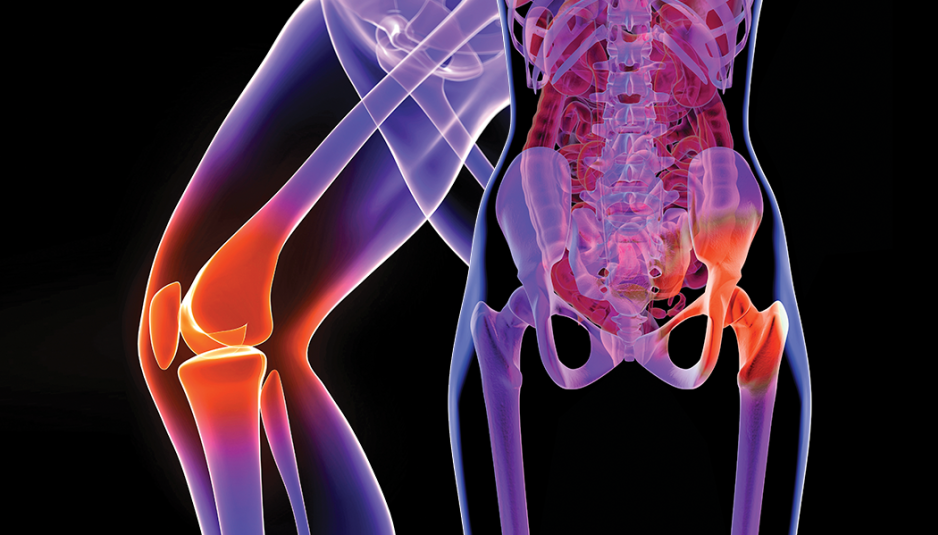Kidney stones are hard mineral deposits that form inside your kidneys when your urine becomes concentrated. While small stones often pass naturally, larger or more painful stones may require kidney stone surgery. Understanding your treatment options, post-operative care, and long-term prevention strategies can help you make confident, informed decisions.
This article breaks down the most common surgical procedures for kidney stone removal, recovery expectations, potential complications, and how to prevent stones from coming back.

Content
When Is Kidney Stone Surgery Needed?
Not everyone with a kidney stone needs surgery. However, your urologist may recommend surgical intervention in the following cases:
- The stone is too large to pass naturally (typically >5 mm)
- It’s causing severe, unrelenting pain or obstruction
- Urinary tract infection has developed due to the stone
- The stone is growing or has recurred multiple times
- Non-surgical treatments like medications or increased hydration haven’t worked
Your symptoms, stone size, stone location, and overall kidney function will guide the choice of kidney stone surgery.
Types of Kidney Stone Surgery
Modern urology offers several minimally invasive options for stone removal. Your doctor will choose a method based on the type, size, and location of your kidney stone.
Shock Wave Lithotripsy (SWL)
Shock wave lithotripsy uses high-frequency sound waves to break a stone into smaller pieces that can pass more easily through the urinary tract.
How it works:
- You lie on a padded table while a machine sends shock waves through your body.
- Sedation or anesthesia may be used for comfort.
- The goal is to fragment the stone without incisions.
Pros:
- Non-invasive
- Often performed on an outpatient basis
- Short recovery time
Cons:
- May require multiple sessions
- Less effective for hard or very large stones
Ureteroscopy
Ureteroscopy is used when the stone is located in the ureter or lower part of the kidney.
Procedure:
- A thin scope (ureteroscope) is inserted through the urethra and bladder into the ureter.
- The stone is visualized, then removed with a basket or broken with a laser.
- A temporary stent may be placed to promote healing and urine flow.
Ideal for:
- Small to medium-sized stones
- Stones located in the ureter or lower kidney
Risks:
- Mild ureter irritation
- Temporary blood in urine
- Stent-related discomfort
Percutaneous Nephrolithotomy (PCNL)
PCNL is recommended for large, complex, or multiple kidney stones that can’t be treated with SWL or ureteroscopy.
What to expect:
- A small incision is made in the back to access the kidney directly.
- A nephroscope is used to locate and extract or break up the stone.
- General anesthesia is required.
Advantages:
- Highly effective for large or stubborn stones
- Usually removes the stone in one procedure
Considerations:
- 1–2 days in the hospital
- Risk of bleeding or infection is higher compared to less invasive methods
Open Surgery
Open surgery is rarely used today due to advanced endoscopic techniques. However, it may still be necessary for extremely large stones or unusual anatomical situations.
Procedure details:
- A larger incision is made in the abdomen or side to access the kidney
- The stone is manually removed
- Recovery is longer, with greater post-op discomfort
Post-Operative Care: How to Heal Safely
Following kidney stone surgery, proper care is crucial to avoid complications and promote smooth healing.
General post-op care tips:
- Drink 2–3 liters of water daily to flush out residual fragments
- Avoid caffeine, alcohol, and sugary beverages
- Take prescribed pain relievers and antibiotics as directed
- Limit physical activity for the first few days, especially after PCNL or open surgery
- Use a strainer when urinating to catch stone fragments for analysis
Monitor for signs of trouble, such as fever, chills, heavy bleeding, or severe abdominal or flank pain. These could signal an infection or obstruction.
Recovery Time by Procedure Type
Recovery depends on the surgical method used and your general health.
| Procedure | Typical Recovery Time |
| Shock wave lithotripsy | 1–3 days |
| Ureteroscopy | 2–5 days |
| PCNL | 7–14 days |
| Open surgery | 4–6 weeks |
If you’ve had a stent placed, you might experience urinary urgency or mild discomfort until it’s removed—usually within 1 to 2 weeks.
Possible Complications After Kidney Stone Surgery
Although kidney stone surgeries are generally safe, they carry some risk. The most common complications include:
- Urinary tract infections (UTIs)
- Mild bleeding or hematuria
- Ureter or kidney injury (rare)
- Delayed stone passage or residual fragments
- Allergic reaction to anesthesia
After PCNL or open surgery, the risk of infection and bleeding is higher. Make sure to follow your care team’s instructions closely.
Foods to Avoid After Kidney Stone Surgery
What you eat after kidney stone surgery can influence whether stones come back.
Common dietary triggers:
- Sodium: Avoid salty snacks, processed meats, canned soups
- Oxalates: Limit spinach, rhubarb, beets, nuts, chocolate
- Animal protein: Red meat, poultry, and eggs increase calcium and uric acid in urine
- Sugar and soda: Especially those high in fructose or phosphoric acid
Recommended alternatives:
- Hydrate with water, lemon water, or citrate-rich drinks
- Increase intake of fruits and vegetables (low in oxalate)
- Maintain calcium intake through dietary sources (e.g., dairy) to bind oxalates in the gut
- Moderate portions of plant-based proteins
Consult with a dietitian or nephrologist for a personalized kidney stone prevention plan.
Preventing Future Kidney Stones
If you’ve had one kidney stone, your chances of getting another increase by up to 50% within five years. Long-term prevention strategies include:
- Staying consistently hydrated (aim for 2.5–3 liters/day)
- Getting a metabolic work-up (24-hour urine test, blood tests)
- Adjusting your diet based on stone composition
- Taking preventive medications if prescribed (e.g., potassium citrate, thiazide diuretics)
Routine follow-ups and imaging may be recommended to monitor for recurrence.
Final Thoughts
Facing kidney stone surgery can be overwhelming, but understanding your options and what to expect helps reduce anxiety. Whether you undergo shock wave lithotripsy, ureteroscopy, PCNL, or open surgery, each procedure is designed to relieve pain, restore normal kidney function, and reduce complications.
With the right post-operative care, a healthy recovery, and smart lifestyle changes, you can lower your risk of future kidney stones and enjoy long-term wellness.
Frequently Asked Questions
What is the most common surgery for kidney stones?
The most common procedure is shock wave lithotripsy (SWL), a non-invasive method that breaks stones into smaller fragments for natural passage.
How long is recovery after kidney stone surgery?
Recovery depends on the procedure: 1–3 days for SWL, up to 2 weeks for PCNL, and several weeks for open surgery.

Karen is a health blog author who has been writing about healthy living since 2013. She started her journey by adopting a vegan diet and eating only organic foods, but the more she learned, the more she realized that we should all be eating plant-based diets exclusively. As an expert in nutrition and wellness, Karen blogs to educate readers on how they can live happier and healthier lives through food choices!










